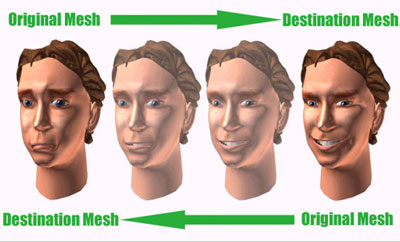More of the Chip, part I
With a transistor count of 30 million, 5 million more than the GeForce 2 GTS, one has to wonder what additional features ATI has packed into the core to result in such a large transistor count. Let's take a look at some of the features that the Rage6C core provides.
A large number of those extra transistors go into making what ATI likes to call the Charisma engine, which provides for T&L features. Like the GeForce 2 GTS's T&L solution, the Charisma engine can perform transforming, lighting, and clipping calculations directly on chip, making it equivalent to the GeForce 2 GTS's second generation T&L engine.
In addition to these T&L enhancements, the Charisma engine features T&L capabilities for both vertex skinning and keyframe interpolation, giving it an edge over the GeForce 2 GTS's T&L engine. Both features which ATI claims will provide for significant speed increases in future games, vertex skinning and keyframe interpolation are new to the T&L solution.
Vertex skinning allows for more realistic bending/moving of polygons in games that use skeletal animation so that characters appear to move more realistically than the blocky motion we’re used to seeing in games. Although the improvements seen with vertex skinning are noticeable, a game engine must be designed to take advantage of this enhancement.

Keyframe interpolation is another feature that has to be implemented by developers before any results will be seen. In this method of acceleration, a game developer may design a starting and stopping frame in a given animation and the Charisma core will take over in between, providing a proper transformation from the first frame to the last.











2 Comments
View All Comments
Thatguy97 - Tuesday, May 5, 2015 - link
ahh i remember anadtechs jihad against atiwow im dating myself
Frumious1 - Monday, August 29, 2016 - link
I don't remember it at all. The only thing I recall is a bunch of whiny ass fanboys complaining when their chosen CPU, GPU, etc. didn't get massive amounts of acclaim. The very first Radeon cards were good, but they weren't necessarily superior to the competition. You want a good Radeon release, that would be the 9700 Pro and later 9800 Pro -- those beat Nvidia hands down, and AnandTech said as much.